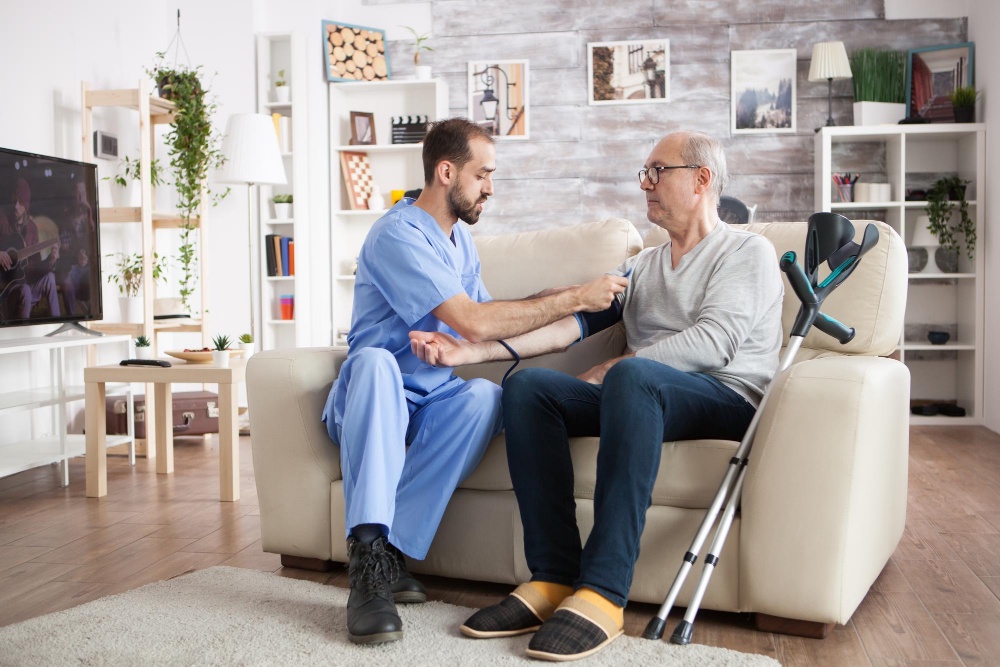In today's digital age, healthcare is advancing rapidly, and one of the innovations making waves is remote patient monitoring (RPM).
Remote Patient Monitoring Services refers to the use of technology to collect patient data outside of traditional healthcare settings.
This data is then securely transmitted to healthcare providers for analysis and decision-making.
How Does Remote Patient Monitoring Work?
Remote patient monitoring typically involves the use of wearable devices, mobile apps, and other digital tools to track various health metrics.
These devices can monitor vital signs such as heart rate, blood pressure, blood sugar levels, and more. Patients can use these devices from the comfort of their homes, eliminating the need for frequent visits to healthcare facilities.
Benefits of Remote Patient Monitoring
Improved Patient Care: RPM allows healthcare providers to monitor patients' health in real-time, enabling early detection of potential issues and timely intervention.
Enhanced Access to Care: Patients in remote or rural areas can benefit from RPM by receiving quality care without the need to travel long distances.
Cost Savings: By reducing the need for hospital readmissions and emergency room visits, RPM can help lower healthcare costs for both patients and providers.
Empowerment and Engagement: Patients become more involved in their own healthcare management through regular monitoring and feedback, leading to better health outcomes.
Challenges and Considerations
While remote patient monitoring offers numerous benefits, it also presents some challenges and considerations:
Data Security: As patient data is transmitted over networks, ensuring its security and privacy is paramount. Healthcare providers must implement robust cybersecurity measures to protect sensitive information.
Integration with Healthcare Systems: Integrating RPM data into existing electronic health records (EHR) systems can be complex and requires interoperability standards to ensure seamless communication between different platforms.
Patient Adoption: Encouraging patients to use RPM devices consistently and effectively can be a challenge. Healthcare providers must educate patients about the benefits of remote monitoring and provide adequate support and training.
The Future of Remote Patient Monitoring
As technology continues to evolve, the future of remote patient monitoring looks promising. Advancements in wearable devices, artificial intelligence, and telehealth technologies will further enhance the capabilities of RPM, enabling more personalized and efficient healthcare delivery.
In conclusion
remote patient monitoring is revolutionizing healthcare by providing a convenient and effective way to monitor patients' health remotely. By leveraging technology, healthcare providers can improve patient care, enhance access to services, and reduce costs. However, addressing challenges such as data security and patient adoption is crucial to realizing the full potential of remote patient monitoring in the years to come.


No comments yet